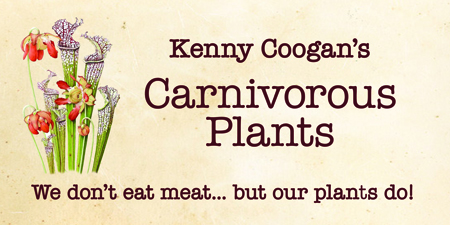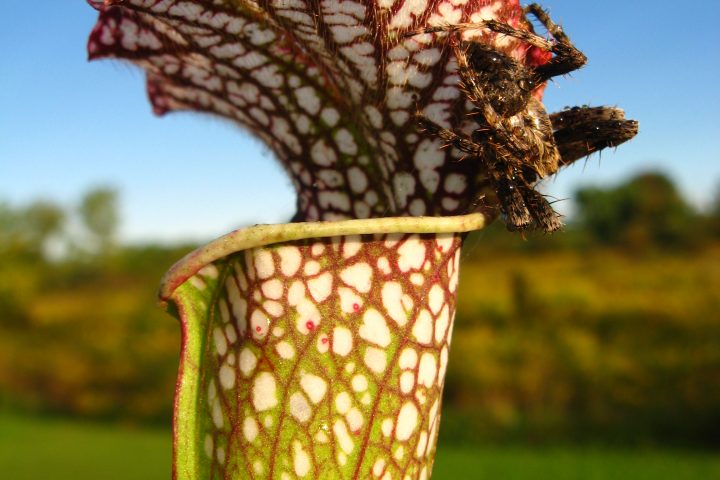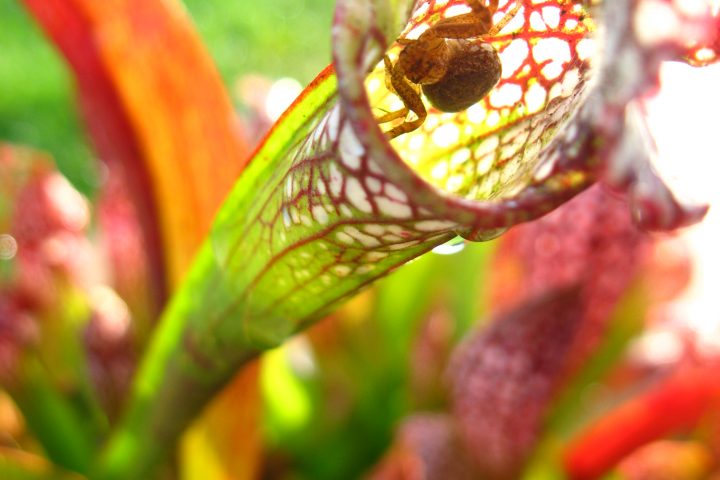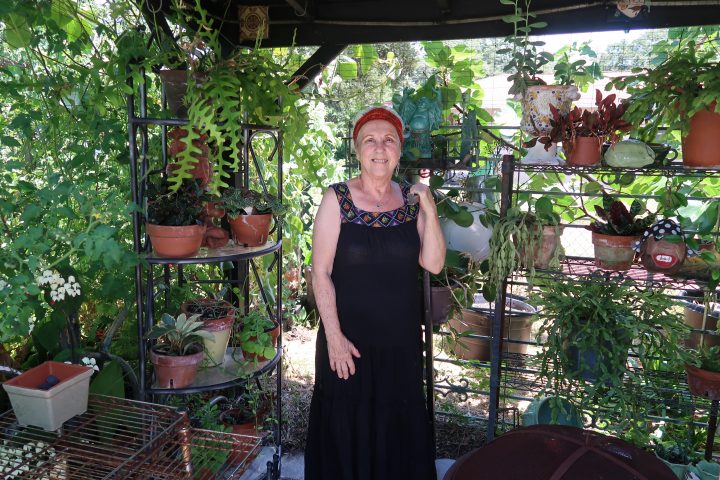Rare, medium or well-processed. With those choices, some are considering if a raw diet for dogs is better than a corn based processed kibble.
Angela Dugrenier and Jeremy Miklas are artsy, animal-loving, spicy Thai-food eating people that I want to hang around with. Their progressive ideas and upbeat attitude is contagious. Fifteen years ago (or more) I met Angela working at a fish pet store and after several weeks of going there every Saturday morning and buying 100 feeder goldfish, she asked what I was feeding because she couldn’t believe I had that many pet turtles. The answer was ducks, which surprised her and a short year later, she had some of my Indian runner ducks in her backyard.

Back then she had around twenty aquariums all with unique freshwater fish and a couple of dogs. On several visits I noticed that they were cooking turkey or chicken and rice and feeding it to their dogs.
The potential benefits of a raw diet for dogs include; shinier coats, healthier skin, cleaner teeth, reduction of hot spots, decreased intake of salt and processed grains, higher energy levels and smaller stools.
Fast forward to four years ago and my mostly vegan friends are feeding their three dogs a raw diet.
“The first physical change I noticed was teeth – our oldest dog had a problem with plaque buildup. Our vet suggested we get blood work done so they could put him under anesthetic and clean his teeth – to us this seemed like a risky and expensive procedure,” Angela said.
She told me that instead of the procedure they switched to a raw diet for dogs. Within weeks the plaque was gone – chewing bones is natural for dogs and helps keep their teeth clean. The dog’s stools have become smaller and they have gained weight (in a healthy way). They were skinny and picky eaters on kibble.
Angela noticed that, “They only seemed to like inexpensive bag food because the fat content was higher which made it more palatable but I knew it wasn’t the best – plus they rarely made it through the recommended servings.”
They first started giving the dogs raw marrow bones to put on weight which led to them researching the raw diet.
Potential benefits of a raw diet for dogs include; shinier coats, healthier skin, cleaner teeth, reduction of hot spots, decreased intake of salt and processed grains, higher energy levels and smaller stools.
If you are looking for a comprehensive guide on how to help dogs with halitosis check out this article.
The dog’s diet consists of eighty percent raw meaty bones like chicken quarters, backs, necks, pork necks, venison, etc. Load bearing bones are not good for their teeth and they are unable to eat the thicker bones. Angela says that as long as the bones are raw they are elastic and safe for the dogs to eat.
Angela adds, “Cooked bones should not be fed to dogs – they are too brittle and will splinter.”
The other twenty percent of their diet consists of offal – primarily beef liver, kidney or heart.
Angela and Jeremy also feed on occasion raw eggs, pureed vegetables, ground flax and yogurt, although not everyone who follows this diet agrees with feeding vegetables. They believe variety is the key to this diet.
On its website the FDA made a statement regarding the raw diet for pets.
“The FDA does not believe that a raw meat diet for domestic animals are consistent with the goal of protecting the public from significant health risks, particularly when such products are brought into the home and/or used to feed domestic pets; however, we understand that some people prefer to feed these types of diets to their pets.”
To date there have been no reports of humans getting sick associated with feeding the raw diet. There have been however, many accounts of humans becoming sick with commercially prepared diets!
A total of 79 cases from 21 states were reported to have gotten Salmonella enterica from 2006-2008 and in 2012 an outbreak of Salmonella infantis infected 49 individuals (47 individuals in 20 states and two individuals in Canada). In defense of the pet food industry, it is estimated that only one percent of pet caregivers feed their pets a raw diet. That means there are literally millions of more pounds of pet food circulating amongst humans compared to the raw diet items.
I asked Angela if she had consulted her veterinarian about the switch. “Yes – several – we have not found a vet in WNY that recommends this diet but our current vet supports our decision because the dogs are healthy and well cared for – vets are not nutritionists and their education in that area is only focused on commercial dog food.”
“This diet is not for everyone – it is a lifestyle change and very expensive…” Angela warns. The dogs need to eat six pounds of raw meat daily, and luckily Jeremy has a relationship with a local restaurant to help with the costs.
Before any dietary switch, especially an extreme one like this, please consult your veterinarian – maybe several, before you decide to go raw. Who knew giving your dog a bone was so controversial?



